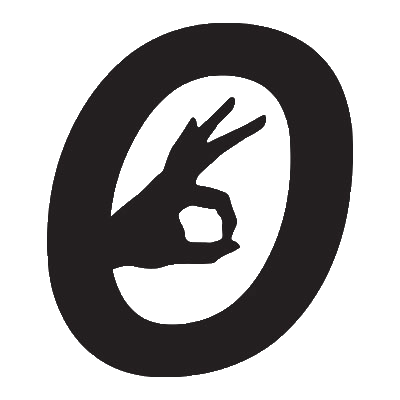Last year I thought quite a bit about how discomfort is a frequent catalyst for the desire to create change. This dynamic plays out both in our personal lives and in the actions of nations and their citizens. The paradox is that we so frequently feel discomfort (albeit a new form of it) as the change occurs. This new discomfort, or even the anticipation of discomfort, can stop us from initiating change that can affect our lives in profoundly positive ways, or to resist it once it begins to unfold.
I believe that the challenge is to push through our discomfort, to mine the transition from one state to another for wisdom and strength that we can carry forward. So that ultimately we can effect deeper change in the future, for ourselves and for society. To trust that the process of making change is a journey worth making and that in navigating the new terrain and travails we encounter is how we embody it. In essence, innovating more resilient and complex versions of ourselves.
Raven Paradox #1. Photo montage by Saro Calewarts
Admittedly, it's all rather tidy in theory and another thing altogether to navigate deftly in action. Still, I think that a core belief in the process of transformation and a redefined relationship with the associated discomfort is a powerful tool we can give ourselves.
Photographically speaking, I love how paradoxes provide a wealth of thematic and visual inspiration for creative experimentation. They contain interesting fodder for new ways to approach making or thinking about work.
#ParadoxPhotoProject - it's my side project for the year and these are the first two images using my own photographs.
Raven Paradox #2. Photo montage by Saro Calewarts
The raven paradox, also known as Hempel's paradox or Hempel's ravens says that observing a green apple increases the likelihood of all ravens being black. It is a paradox arising from the question of what constitutes evidence for a statement. Observing objects that are neither black nor ravens may formally increase the likelihood that all ravens are black even though, intuitively, these observations are unrelated.
This problem was proposed by the logician Carl Gustav Hempel in the 1940s to illustrate a contradiction between inductive logic and intuition. (excerpted from Wikipedia)
It also sounds a lot like the current logic that justifies fake news, no?
